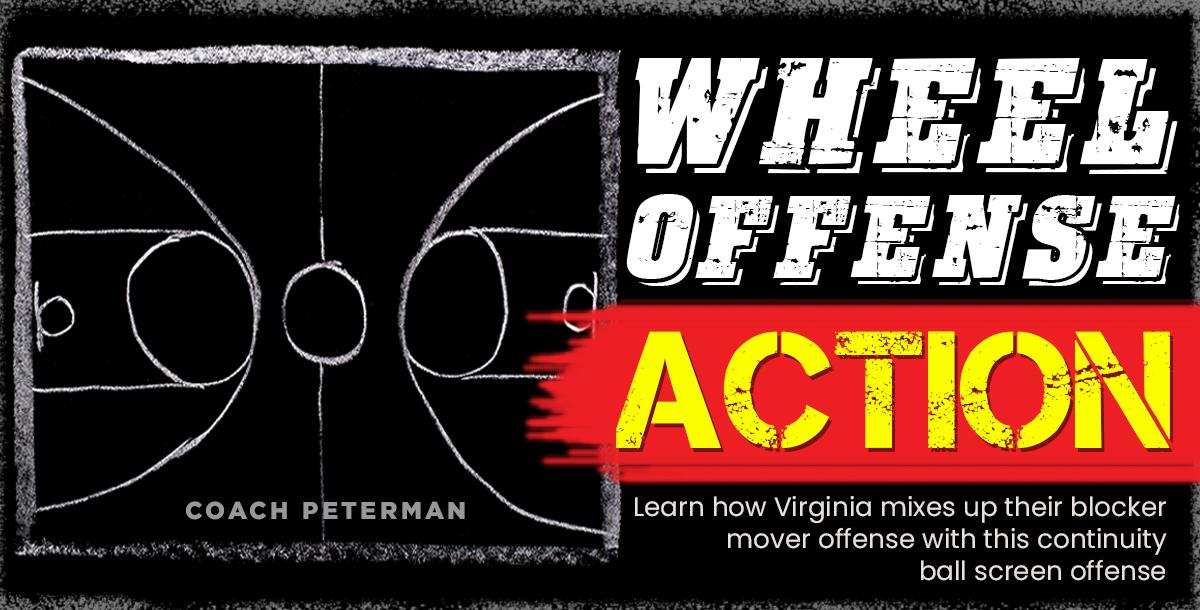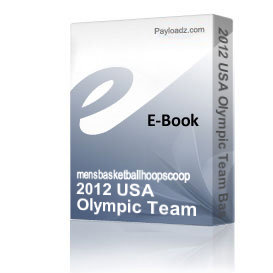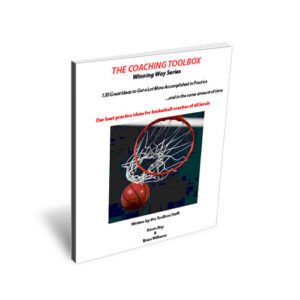Description
By Scott Peterman
The college basketball team most associated with Wheel Offense Action (Continuity Ball Screen Offense) — a pin down on one side of the court with a flare screen on the other — is Virginia. It’s the exact action that is repeated within their Blocker-Mover offense.
This season, Arizona might actually be the high-major getting the most mileage out of wheel action. In Sean Miller’s offense, Nico Mannion will bring up the ball and dribble handoff to the wing as an initiation into wheel action. For a team with so much young talent (that doesn’t necessarily need to rely on great action to generate shots), Arizona has done a reasonable job using the wheel to lead directly to points. Especially with the flare screen, Mannion alertly finds Green cutting to the hoop off the screen.
Unlike “positionless basketball”, both of Virginia’s offenses assign distinct roles to guards and bigs. In the Blocker-Mover, the guards (aka Movers) runoff pin down and flare screens while the bigs (aka Blockers) set them. In Continuity Ball Screen, the guards run an organized pattern to setup ball screens while the bigs take turns setting them.
There are several teams running these continuity ball screen offense this year.
The offense has European roots, but Canisius head coach Reggie Witherspoon is considered the college basketball “godfather” of the offense.
In my opinion, the continuity ball screen is the modern-day parallel to the Flex offense. Similar to the Flex, it can be implemented both on a very superficial or more sophisticated level.
Some teams use a continuity ball screen simply as a change-of-pace offense to get the ball and the opponent moving. Other teams use it as a primary offense and invest practice time into several different wrinkles and counters; in general, it has a flexible enough framework to function in different ways.
Another example of this — which you’ll see from seemingly every team in the country at some point — is “Zone America.”
So why (and how) does an offense spread like wildfire around the country?
With the internet serving as a basketball community for thousands of coaches, it doesn’t take very long. But there are a couple more specific reasons basketball becomes a copycat sport.
1) If you can’t stop it, adopt it
With the amount of scouting done for an individual opponent at the college level, copycats are inevitable. In general, the best way to test the usefulness of a play or concept is by game-planning a way to stop it.




